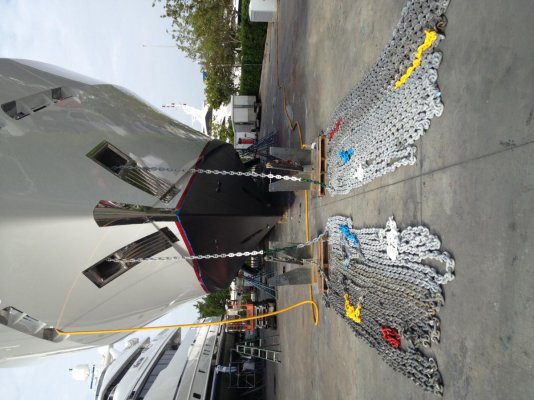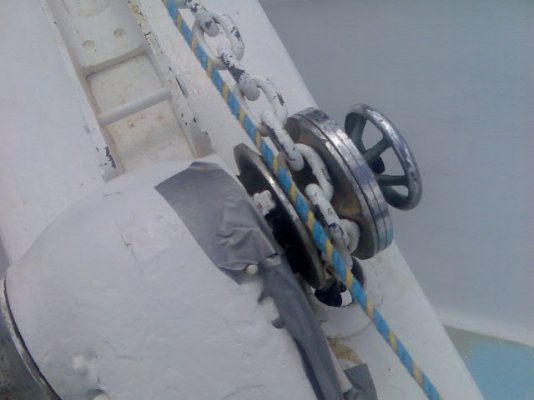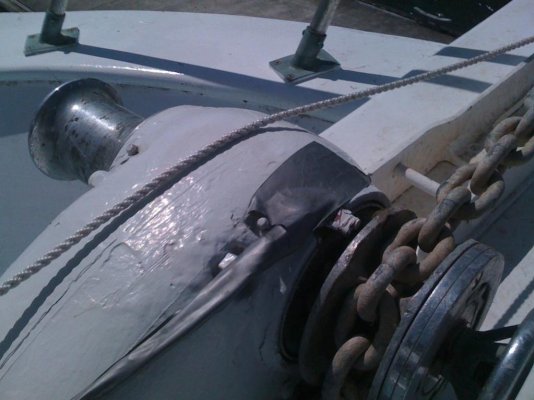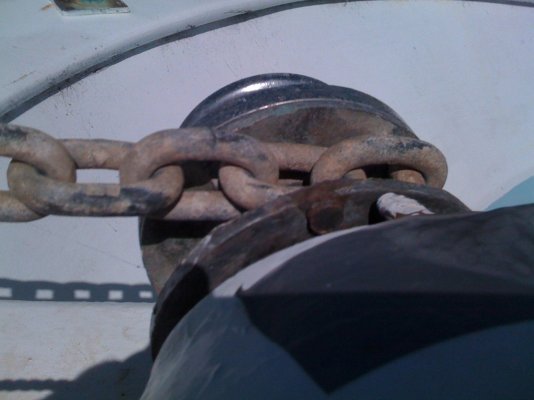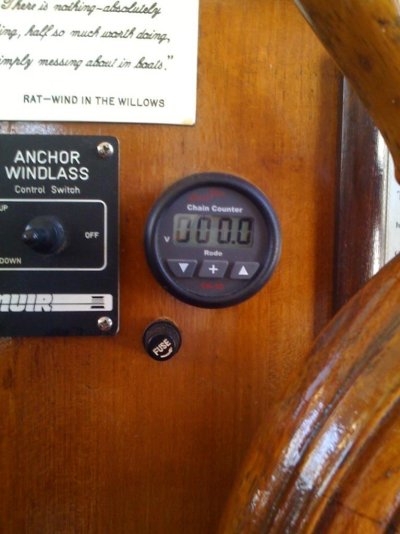Jeeze Oliver, I don't know what those weird 'hellip' quotation makes in there are from, weren't in my original post, but anyway, to answer your question, I just followed the instructions. They are clear and simple. Three wires go from the reed valves and mounting on the winch near the gypsy back to the instrument at the helm. One for each sensor (which is a magnetic reed switch, you can see them side by side in the pics), and the ground. You put through it a measured length of chain. You can calibrate it in feet, yards, fathoms or metres from memory, and talking memory, once set, that calibration is in hard memory, so is not lost even with total power loss. The head is wired to nearby 12v supply via a fuse, (seen in pic). The instrument head also gives voltage readout option, and several levels of red backlight. Worked for me, but if you were unsure about coin it, it would be a breeze for the local marina sparkey, (electrical guy), and I'd certainly recommend you used one if you went for the more sophisticated auto out and auto retrieve types like the Auto-anchor mentioned above there by Mike (Rochepoint). Muir have similar available also.


